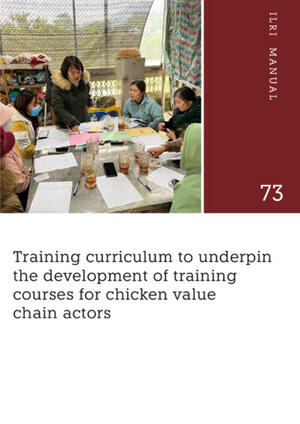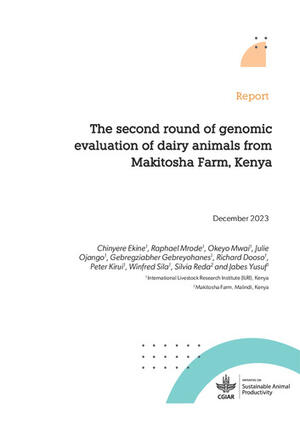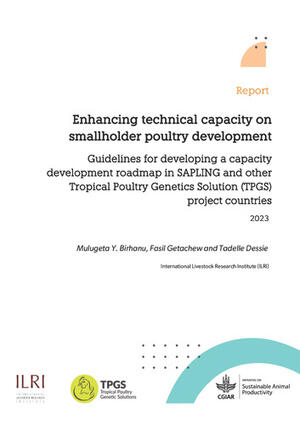
Evaluation of reciprocal F1 crosses of Fayoumi with two exotic chicken breeds 1: additive and non-additive effects on egg production traits
Abstract
The present study estimates additive and non-additive effects on egg production traits in genotypes generated through pure mating and reciprocal crossing of Fayoumi (FM) with Koekoek (KK) and White Leghorn (WL). Age at first egg (AFE) and body weight at first egg (BWAFE) were determined when the first bird in the pen laid its first egg, and egg weight at first egg (EWAFE) was the average weight of eggs laid consecutively during the first 10 days. Egg number (EN) and egg weight (EW) were recorded daily from AFE to 40 weeks of age. Egg mass (EM) was the product of EN and EW. EN of hens initially housed and hens alive during the experiment were used to calculate hen-housed egg production (HHEP) and hen-day egg production (HDEP), respectively. All the traits showed statistically significant differences among the genotypes. The results revealed the importance of additive and non-additive effects, where purebred effect (PE), general combining ability (GCA), maternal effect (ME), specific combining ability (SCA), and residual reciprocal effect (RRE) significantly affected most of the traits. The KK and WL had a higher PE, and GCA was highest in KK, with FM and WL showing a higher ME. The FM x WL had higher SCA and RRE. The KK x FM and FM x WL outperformed their main and reciprocal crosses, respectively, and purebred contemporaries. Therefore, a synthetic breeding program involving KK as a sire and FM, WL, FM x WL, and KK x FM as a dam would be feasible.
Citation
Negash, F., Abegaz, S., Tadesse, Y., Jembere, T., Esatu, W. and Dessie, T. 2023. Evaluation of reciprocal F1 crosses of Fayoumi with two exotic chicken breeds 1: additive and non-additive effects on egg production traits. Tropical Animal Health and Production 55:303.










